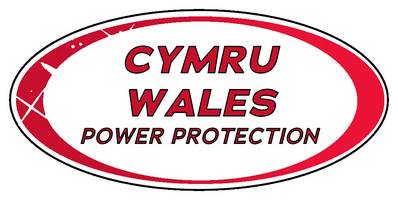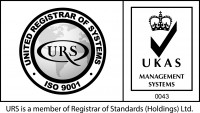Understanding the Different Types of UPS Technology
When it comes to Uninterruptible Power Supply (UPS) systems, there are three main types of technology available. Each type offers varying levels of power protection and is suitable for different applications. Let's explore these types:
- Offline/Standby Technology: Offline or standby UPS technology provides basic power protection. It allows AC mains power to pass directly through the UPS, providing minimal RFI filtering and spike protection. During a power failure, the battery-powered inverter takes over and supplies power to the load. Once the mains power is restored, the load switches back to the mains supply, and the inverter shuts down. There is a brief interruption during the transfer. The output waveform during inverter operation is typically a square wave or stepped sine wave. Offline UPS units are usually recommended for single PC or workstation applications, with power ratings ranging from 250VA to 2kVA.
- Line-Interactive Technology: Line-interactive UPS technology offers improved power protection compared to offline UPS systems. It incorporates voltage trimming transformers, providing better spike protection and wider voltage tolerance. The UPS adjusts the voltage to the load when the incoming mains voltage is low or high, preventing unnecessary battery power usage. During a power failure, the inverter starts up and supplies power similar to offline UPS systems. The output waveform in line-interactive UPS systems is typically a sine wave. Some models offer optional battery packs for extended backup time. Line-interactive UPS systems have power ratings from 400VA to 3kVA and can be standalone or rack-mounted. They often include communications ports for SNMP/server shutdown software.
- On-Line/Double Conversion Technology: On-line or double conversion UPS technology provides the highest level of power protection and is considered the most reliable. These UPS systems convert mains AC power to DC, which powers the battery and the inverter. The inverter then converts the DC back to AC, delivering a clean, regulated, and conditioned output to the load. The battery remains in the circuit at all times, ensuring uninterrupted power supply during mains failures. An automatic bypass circuit is incorporated to provide mains power to the load in case of overload or internal faults. On-line UPS systems have power ratings ranging from 700VA to 800kVA, with options for parallel and N+1 configurations. Battery extension packs are available for extended backup time. These systems often come with RS232 communication ports for SNMP/server shutdown software and Emergency Power Off (EPO) capability.
Choosing the right UPS technology depends on your specific needs:
- If you're primarily concerned about power failures and don't experience frequent power problems, a line-interactive UPS will suffice.
- If you frequently encounter power issues, an on-line UPS is the recommended choice.
- If you plan to power the UPS from a generator, an on-line UPS is the most suitable option.
By understanding the different UPS technologies available, you can make an informed decision based on your power protection requirements.
Return to our FAQ page





